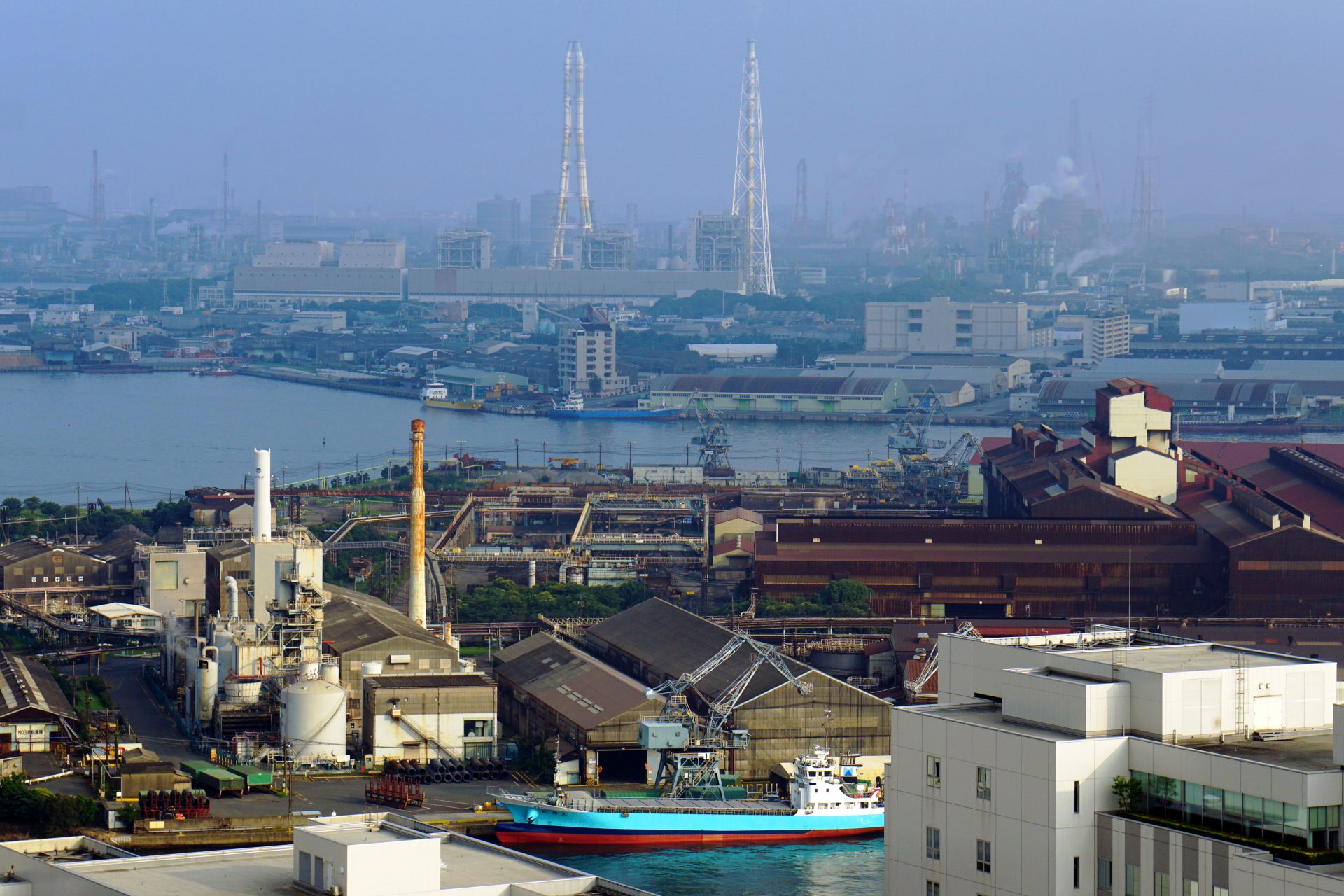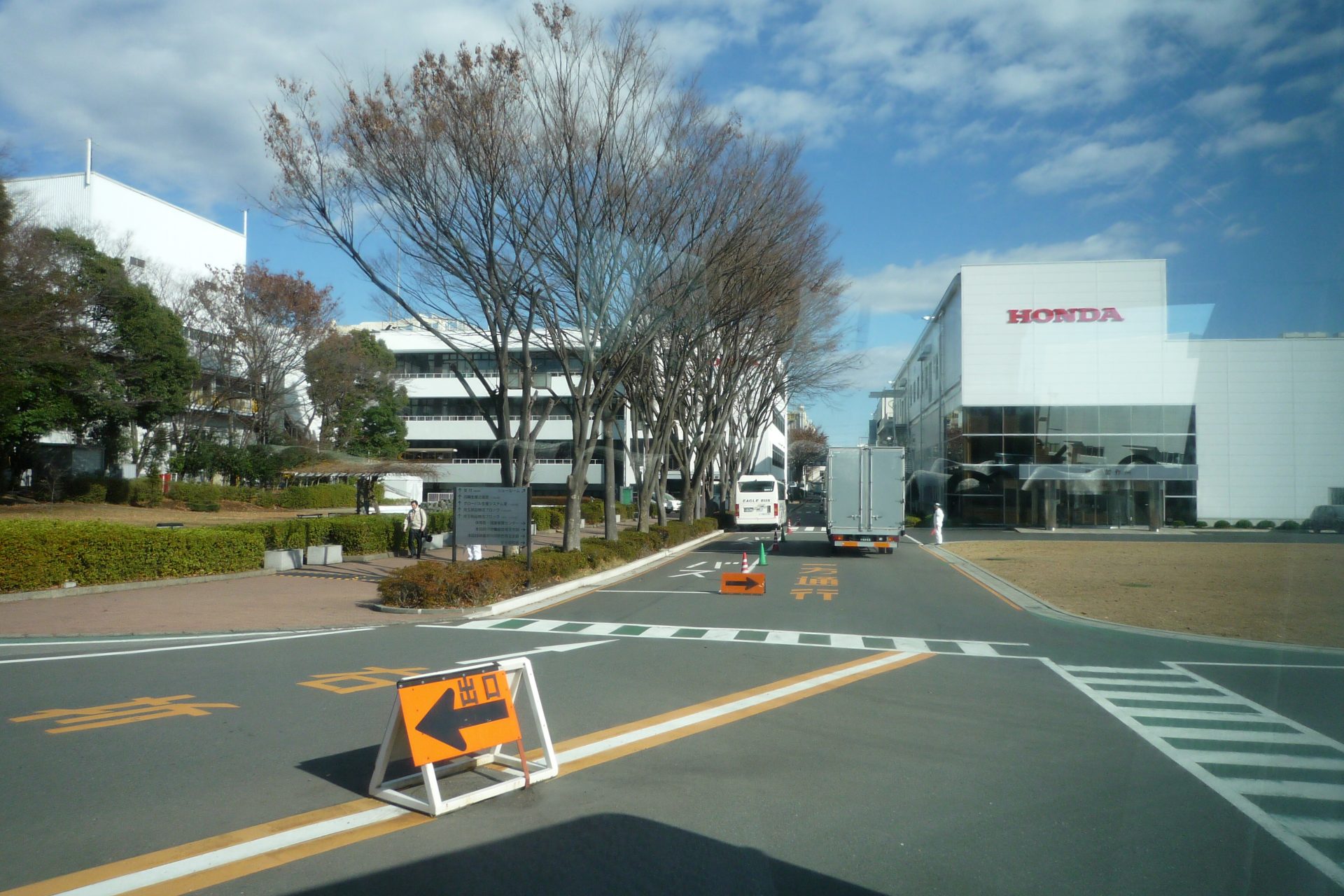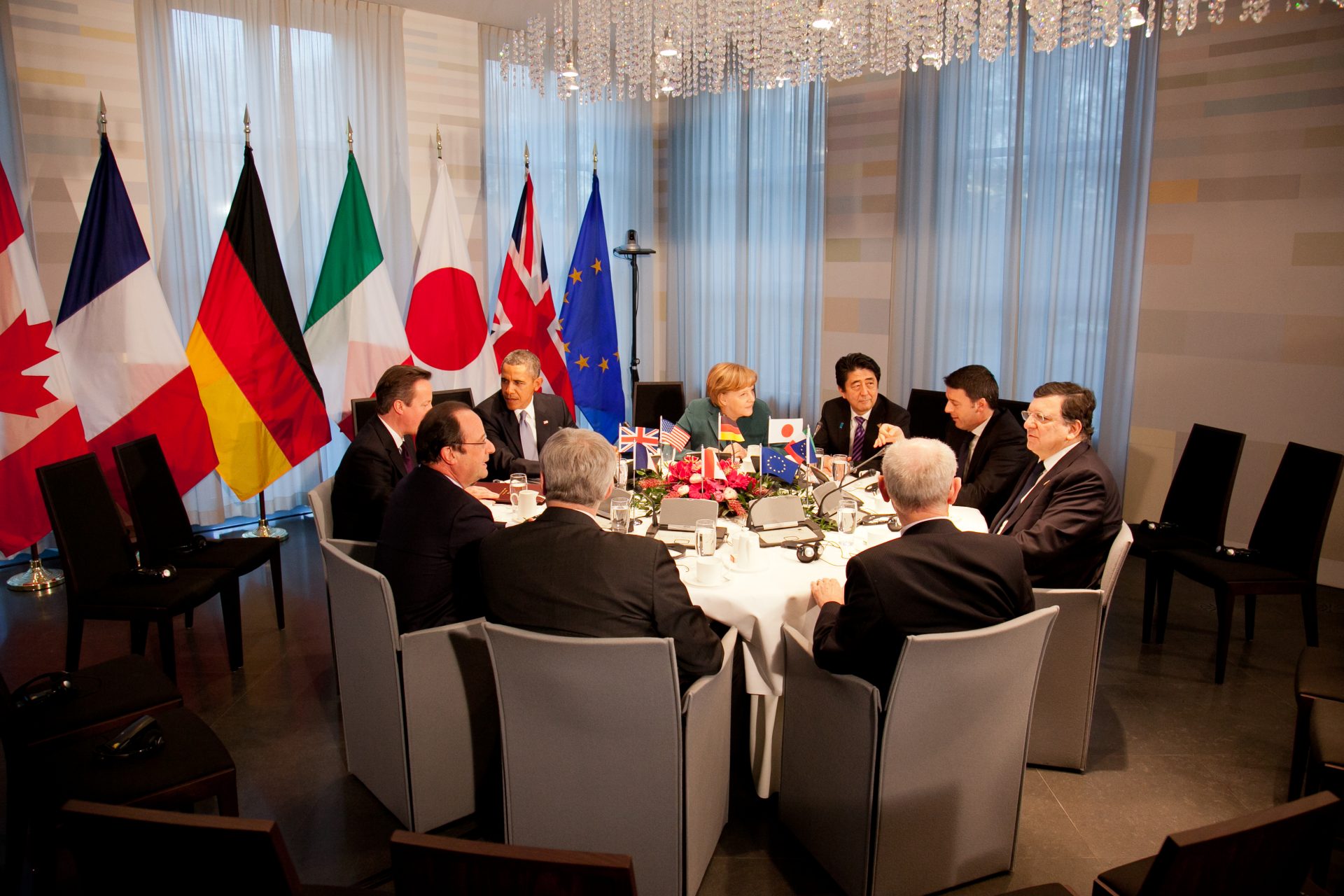How is Japan doing 8 months after promising a major defense build up?
In December 2022, Japanese officals announced their intention to buy hundreds of American-made Tomahawk cruise missiles as part of a larger strategy of rearmament aimed at countering the threats in the region. But how has Japan's promised defense build-up unfolded?
Amid growing security concerns in the region, Japan moved quickly to acquire a strategic long-range strike capability that would mark a serious and unprecedented departure from the country’s post-WWII tradition of eschewing offensive weapons.
Tomahawk missiles were a key acquisition for Japan ad it would extend the country's strike capability from its current 125-mile range to a maximum range of 1000 miles, which would put targets on mainland China within Japanese reach according to The Washington Post.
The acquisition of new cruise missile technology was also meant to enhance Japan’s conventional deterrent arsenal at a time when China was undertaking a massive military modernization program and North Korea is inching closer to deploying a fully capable nuclear warhead.
Japan’s decision to move forward with the purchase of hundreds of Tomahawk missiles was also part of a larger goal to reshape Japan’s military strategy to bring it more in line with its Western allies.
Under the leadership of Fumio Kishida, Japan’s government signaled that it was willing to bring its military spending and weapons programs in line with the North Atlantic Treaty Organization’s membership requirements, sparking rumors that the country may seek to join the NATO alliance.
Kishida's defense plan aimed to boost Japan's defense spending to 2% of Japan’s gross domestic product over the course of five years according to Reuters.
Since the end of World War II, an interpretation of Article 9 of Japan’s constitution has prohibited the country from holding “offensive” weapons. But in the wake of recent global events, Japan has begun to shed its former pacifist ways.
“Japan wanted to limit its defense spending and try not to acquire second-strike capability,” said Ichiro Fujisaki, a former Japanese ambassador to the United States, according to The Washington Post. “But the situation surrounding us does not permit us to do that,” Fujisaki continued.
“Many people thought [war] was a 20th-century issue, but we are now seeing that again,” Fujisaki added.
The Russian invasion of Ukraine certainly played a large role in shifting Japan’s strategic thinking and recent government polls have shown that public support for some counter-strike capability has risen from 37% support in July 2021 to over 60 percent in June 2022.
“For the Japanese,” wrote Washington Post journalists Michelle Ye Hee Lee and Ellen Nakashima, “the war in Ukraine has made a Chinese invasion of Taiwan appear much more possible, deepening the public’s concern over Japan’s military readiness in the event of a regional conflict.”
For its part, the Biden administration welcomed Japan’s decision to buy some 400 to 500 Tomahawk missiles as well as the country’s new strategic defense plans since it has always been a key ally in securing the western Pacific from expansionist powers.
"Officials see a deepening alliance with Japan as part of a broader strategy of regional cooperation to enhance security,” wrote Lee and Nakashima.
While Japan had gradually been shifting away from non-offensive military policies since 2014, the promised acquisition of Tomahawk missiles was the first major indication that Japan is serious about following through with the Kishida government's stated goal of developing Japan’s offensive capabilities.
Prime Minister Kishida promised military reinforcement in the region to President Joe Biden during his visit to Japan in May 2022 and it seemed he would be keeping that promise.
The new missiles will cost Japan $1.6 billion for the weapons alone as well as an additional $830 million for the required equipment and software with the plan calling for the weapons to be deployed between 2026 and 2027 according to the Associated Press.
Photo Credit: Wiki Commons
The total cost of Japan's new defense build-up was pegged at a total of $325 billion, an extremely expensive cost but one that will allow the country to remain on a relatively equal footing against its main antagonists in the region.
Photo Credit: Wiki Commons
However, in the 8 months since Japan committed to bolstering its defenses, the country has struggled in a number of key areas. Voice of America noted that Japanese industry has been reluctant to produce weapons along with it their consumer goods.
Photo Credit: Wiki Commons
“For Japanese defense companies, the [Japanese] self-defense forces are the only buyer. So, it's not so easy for those companies to make profits by making weapons. And because of that, several particularly smaller companies are now going away from those defense industries,” Japan Institute for International Affairs analyst Tetsuo Kotani told Voice of America.
Photo Credit: Wiki Commons
However, one of the major obstacles facing Japan's future build-up, the Japanese public, looks as if it's turning to embrace the change. Voice of America noted that a March 2023 survey reported on by Reuters showed 40 percent of voters now wanted to expand the country's self-defense forces.
Photo Credit: Wiki Commons
This number was up from 29 percent five years earlier, which is a good sign for a country looking to make a big splash in the Asia-Pacific region.
Photo Credit: Wiki Commons
More for you
Top Stories



































